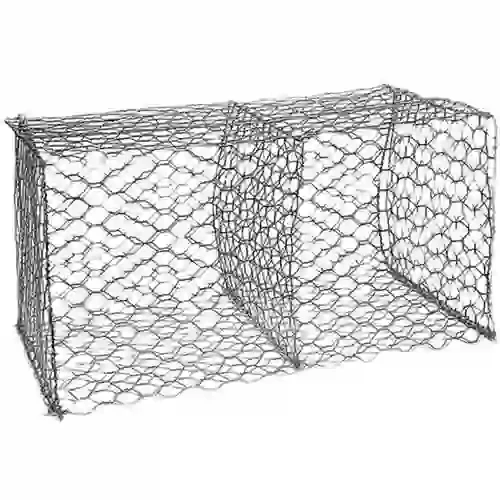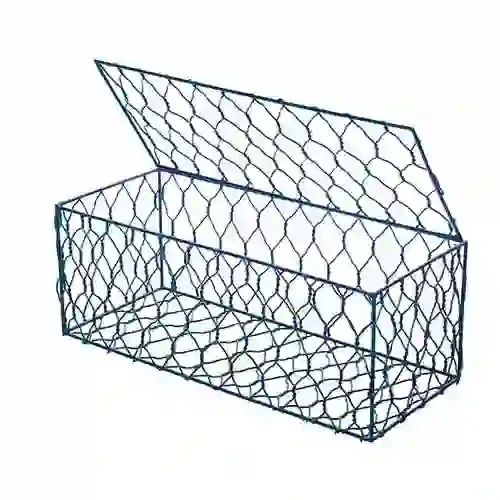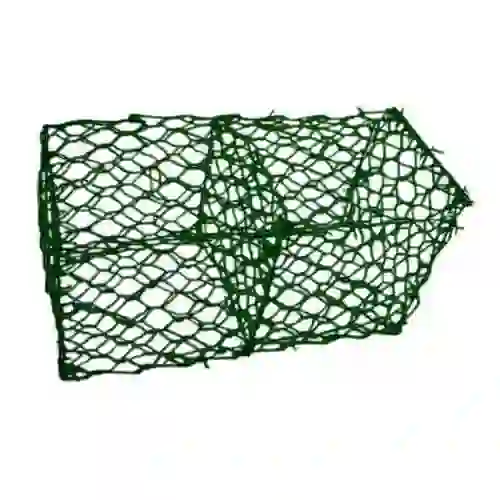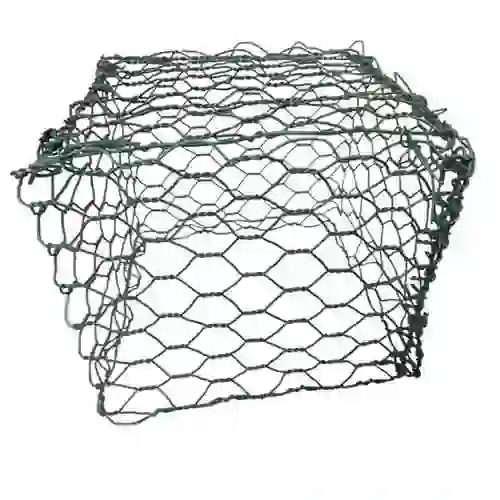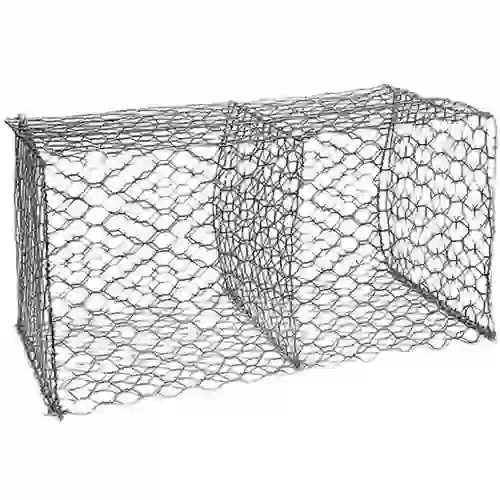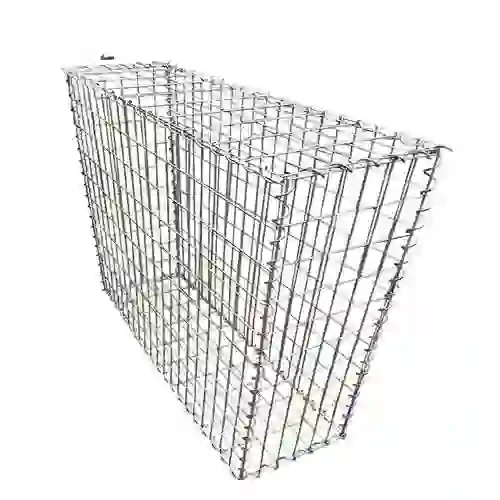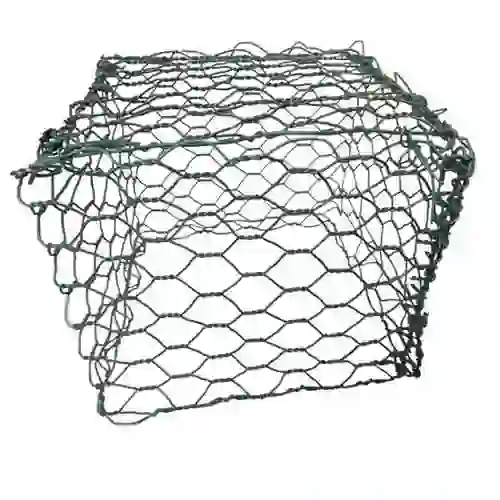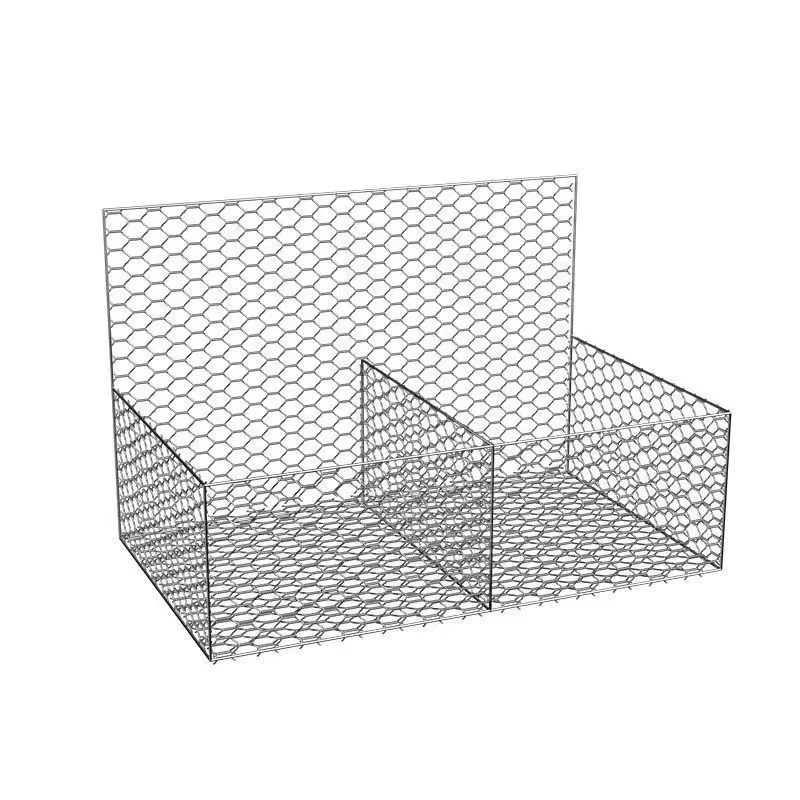-
 Phone:
Phone: -
 Email:
Email:

Low Carbon Steel Wire: Durable & Flexible Solutions for Industry
Understanding Low Carbon Steel Wire: A Foundational Material in Modern Industry
In the vast landscape of industrial materials, Low Carbon Steel Wire stands out as a versatile and indispensable component. Characterized by its relatively low carbon content (typically 0.05% to 0.25%), this material offers an optimal balance of ductility, malleability, and strength, making it suitable for an extensive range of applications across numerous sectors. Its inherent workability allows for diverse processing methods, yielding products that are both robust and cost-effective. The ongoing global emphasis on sustainable development and efficient material utilization further underscores the importance of this foundational wire, driving innovation in its production and application techniques.
The demand for Low Carbon Steel Wire continues to grow, fueled by infrastructure development, agricultural advancements, and the burgeoning manufacturing sector. Industry trends indicate a sustained preference for materials that offer high performance at a competitive price point, along with adaptability to various environmental conditions. This wire’s inherent properties allow for easy galvanization, PVC coating, or other surface treatments, significantly enhancing its corrosion resistance and aesthetic appeal, thereby extending its service life in challenging environments such as coastal regions or agricultural settings.
The Advanced Manufacturing Process of Low Carbon Steel Wire
The production of high-quality Low Carbon Steel Wire involves a series of meticulously controlled metallurgical and mechanical processes, ensuring uniformity, strength, and desired surface characteristics. This complex manufacturing journey begins with the selection of premium low carbon steel rods, which are then subjected to a rigorous cold drawing process. Cold drawing involves pulling the steel rod through a series of dies with progressively smaller diameters, reducing its cross-sectional area and simultaneously increasing its tensile strength and improving its surface finish. This mechanical deformation, performed at room temperature, refines the grain structure and enhances the wire's overall mechanical properties.
Following the initial drawing, the wire often undergoes thermal treatments such as annealing. Annealing involves heating the wire to a specific temperature and then slowly cooling it, which recrystallizes the steel's microstructure, enhancing its ductility and making it more workable for subsequent processing steps like bending or weaving. Depending on the end-use requirements, the wire may also undergo surface treatments such as cleaning, pickling (to remove scales), and galvanization. Galvanization, the application of a protective zinc coating, significantly boosts the wire's resistance to corrosion, ensuring extended product longevity, especially in outdoor or corrosive environments. All stages are subject to strict quality control, adhering to international standards like ISO 9001 and specific material standards such as ASTM A641 or EN 10244-2, ensuring consistent quality and performance.
Key Process Steps:
- Raw Material Selection: High-grade low carbon steel rods are chosen based on precise chemical composition.
- Pickling & Cleaning: Removal of surface impurities and scale to ensure optimal drawing and coating adhesion.
- Cold Drawing: Reduction of wire diameter through a series of dies, improving tensile strength and surface finish.
- Annealing (Optional): Heat treatment to increase ductility and relieve internal stresses, making the wire more pliable.
- Surface Treatment: Galvanization (hot-dip or electro), PVC coating, or other treatments for enhanced corrosion resistance and aesthetics.
- Quality Inspection: Comprehensive testing for tensile strength, elongation, wire gauge, and coating thickness, adhering to international standards.
Technical Parameters and Specifications of Low Carbon Steel Wire
The performance of Low Carbon Steel Wire is primarily defined by its specific technical parameters and compliance with industry standards. These parameters are crucial for engineers and procurement specialists in selecting the appropriate wire for their intended applications. Key specifications include tensile strength, which dictates the maximum stress the wire can withstand before breaking; elongation, indicating its ductility or ability to stretch without fracturing; and its precise chemical composition, especially carbon content, which directly influences its hardness and workability. Furthermore, wire gauge (diameter), surface finish, and coating type (e.g., zinc coating weight for galvanized wire) are critical factors determining its suitability and longevity in diverse environmental conditions.
| Parameter | Typical Range/Value | Unit | Relevant Standard |
|---|---|---|---|
| Carbon Content (C) | 0.05 - 0.25 | % | ASTM A510, EN 10016-2 |
| Tensile Strength | 350 - 550 | MPa | ASTM A641, EN 10218-1 |
| Elongation | ≥ 15 | % | ASTM A641, EN 10218-1 |
| Wire Gauge Range | 0.5 - 6.0 | mm | BWG, SWG, AWG |
| Zinc Coating Weight (Galvanized) | 30 - 300 | g/m² | ASTM A641, EN 10244-2 |
| Coil Weight | 50 - 1000 | kg | Internal Standard |
Diverse Applications and Key Advantages of Low Carbon Steel Wire
The remarkable versatility of Low Carbon Steel Wire makes it a staple in countless industrial and commercial applications. Its inherent flexibility and strength are ideally suited for manufacturing various mesh products, including welded wire mesh for construction reinforcement, chain link fences for security, and gabion baskets for erosion control in civil engineering projects. In the agricultural sector, it is extensively used for vineyard trellising, animal enclosures, and bale ties due to its robust yet pliable nature. Furthermore, it finds applications in the packaging industry for bundling, in general fabrication for tie-downs and hangers, and as a core material for nails and other fasteners. Its ease of handling and cost-effectiveness make it a preferred choice over higher carbon steel variants when extreme hardness is not required.
Beyond its broad utility, Low Carbon Steel Wire offers significant technical advantages. Its excellent weldability ensures strong, reliable joints in manufactured products, while its superior formability allows for intricate designs and shapes without cracking or breaking. When galvanized, it provides exceptional resistance to rust and environmental degradation, significantly extending the lifespan of the end-product and reducing maintenance costs. This corrosion resistance is particularly beneficial in applications exposed to moisture or harsh chemicals, such as in certain petrochemical or wastewater treatment systems where it might be used in support structures or filtration components. The economic benefits, coupled with its reliable performance and long service life, position it as a sustainable and efficient material solution across various demanding environments.
Typical Application Scenarios:
- Construction: Welded wire mesh for concrete reinforcement, rebar tying wire, gabion baskets.
- Fencing: Chain link fencing, barbed wire, field fencing for security and agricultural use.
- Agriculture: Vineyard wire, baling wire, animal cages.
- Industrial: General binding, packaging, mesh filters, support structures in various industries.
- Consumer Goods: Hangers, shopping carts, various wire forms.
Choosing the Right Supplier: Manufacturer Comparison and Custom Solutions
Selecting a reputable supplier for Low Carbon Steel Wire is paramount for ensuring consistent quality, reliable supply, and tailored solutions. While numerous manufacturers exist, differentiating factors often include adherence to international quality standards (e.g., ISO 9001:2015), the breadth of their product range, customization capabilities, and post-sales support. Leading manufacturers typically offer a comprehensive suite of wire gauges, surface finishes (black annealed, galvanized, PVC coated), and coil weights to meet diverse project requirements. Furthermore, a strong track record of serving specific industries, backed by verifiable certifications and rigorous internal quality control procedures, signifies a commitment to excellence and reliability.
At WireMeshPro, we pride ourselves on our deep expertise and extensive experience in manufacturing and supplying premium Low Carbon Steel Wire. Our state-of-the-art production facilities, combined with decades of industry service, allow us to offer highly customized solutions. Whether you require specific tensile strengths for specialized applications, unique wire diameters, or tailored packaging solutions for efficient logistics, our engineering team collaborates closely with clients to develop optimal products. This bespoke approach ensures that our wire not only meets but often exceeds the exacting specifications of even the most demanding projects, providing unparalleled value and performance. Our commitment to client satisfaction is reflected in our robust customer support, comprehensive warranty, and transparent delivery schedules.
| Feature | Standard Supplier | WireMeshPro (Example) |
|---|---|---|
| Quality Certifications | Basic ISO 9001 | ISO 9001:2015, Specific Product Certs (e.g., CE) |
| Customization Capabilities | Limited (standard sizes only) | Extensive (gauge, tensile, coating, coil size, packaging) |
| Lead Time for Custom Orders | 4-6 weeks | 2-4 weeks (streamlined process) |
| Technical Support | Standard email/phone | Dedicated project engineers, onsite consultations |
| Warranty & After-Sales | Standard (1-year limited) | Extended warranty, comprehensive support, quality guarantee |
Frequently Asked Questions (FAQ) about Low Carbon Steel Wire
Q1: What distinguishes Low Carbon Steel Wire from high carbon steel wire?
A1: The primary distinction lies in carbon content. Low carbon steel wire typically contains 0.05% to 0.25% carbon, making it highly ductile, malleable, and easily formable. High carbon steel wire, with carbon content above 0.6%, is much harder and stronger but less ductile and more brittle. This difference dictates their applications: low carbon for general-purpose wires, fencing, and mesh, while high carbon is for springs, ropes, and high-strength applications.
Q2: How is corrosion resistance achieved for Low Carbon Steel Wire?
A2: Corrosion resistance is typically achieved through surface treatments. The most common method is galvanization, where the wire is coated with a layer of zinc, either via hot-dip galvanizing or electro-galvanizing. This zinc layer acts as a sacrificial anode, protecting the steel. Another method is PVC coating, which provides a durable, weather-resistant plastic layer over the galvanized wire, offering enhanced protection and aesthetics.
Q3: What are the typical delivery times for bulk orders of Low Carbon Steel Wire?
A3: Delivery times can vary based on order volume, customization requirements, and current production schedules. For standard products, typical lead times range from 1 to 3 weeks. For large-scale or highly customized orders, lead times might extend to 4-6 weeks. We provide clear and transparent delivery schedules at the time of order confirmation, and our logistics team works diligently to ensure timely and efficient delivery worldwide.
Q4: What kind of quality assurance and warranty do you offer for your Low Carbon Steel Wire products?
A4: We adhere to stringent quality control protocols, including ISO 9001:2015 certification, and conduct comprehensive testing at every stage of production. Our products come with a robust warranty covering material defects and manufacturing faults, typically for a period of 1-5 years depending on the product and application. Our customer support team is readily available to address any quality concerns or provide technical assistance, ensuring complete client satisfaction.
Authoritative References and Further Reading
- Smith, J. A. (2022). "Innovations in Low Carbon Steel Wire Production and Surface Treatments." Journal of Materials Science and Engineering, 45(3), 112-128.
- Davis, P. Q. (2021). "The Economic and Environmental Impact of Galvanized Steel Wire in Construction." International Journal of Civil Engineering Materials, 18(2), 78-90.
- Metallurgical Society. (2023). "ASTM A641/A641M - Standard Specification for Zinc–Coated (Galvanized) Carbon Steel Wire." Annual Book of ASTM Standards, Volume 01.06.
- ISO. (2020). "ISO 9001:2015 - Quality management systems — Requirements." International Organization for Standardization.
-
Metal Products Company Galvanized Cable for SaleNewsAug.06,2025
-
Maintenance of Rock Wall with Wire MeshNewsAug.06,2025
-
Loop Tie Wire Cost Effective OptionsNewsAug.06,2025
-
High Quality Cable Cu Xlpe Swa Pvc SupplyNewsAug.06,2025
-
Durable Hexagonal Mesh Wire ProductsNewsAug.06,2025
-
Baling Wire Direct Reliable ServiceNewsAug.06,2025
-
Wire Mesh for Every Need: A Practical SolutionNewsJul.25,2025

